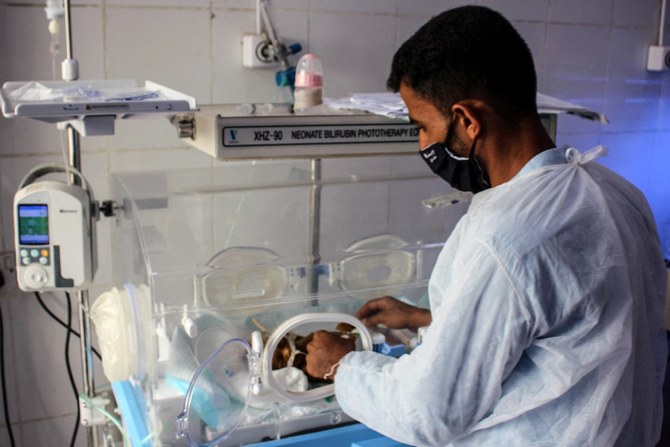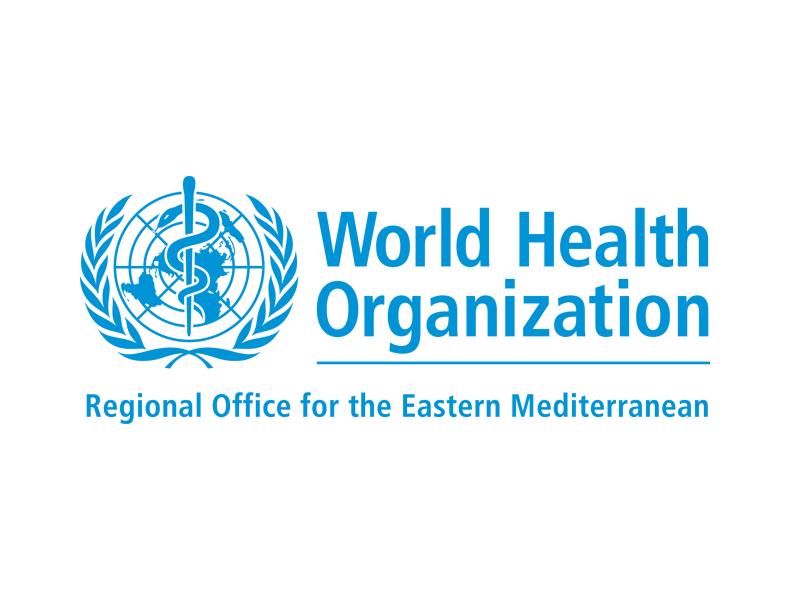
As the world’s leaders gather in Brussels on 4-5 April, the humanitarian catastrophe in Syria continues to unfold. More than six years into the conflict, the violence is unrelenting. As always, it is civilians who pay the highest price: almost 300,000 people have been killed and 1.5 million people injured, including thousands of women and children. Today, almost 13 million people inside Syria and 5 million refugees in neighbouring countries are in need of urgent health assistance.
The human misery behind these numbers is sometimes overlooked: the 17-year old girl who lost her right leg in a mortar attack that crushed her body and spirit. The 45-year old woman whose depression is so severe that she hears voices threatening to kill her children. The five-year old girl who saw her father and brother die, and now wakes up every night screaming. The 12-year old boy crying in agony as his cancer spreads, while doctors tell his mother they do not have the medicines needed to relieve his pain. In every part of the country, millions of lives have been shattered and destroyed, and health needs are greater than ever before.
Inside Syria, limited specialized medical staff, ambulances, equipment and medical supplies have led to growing numbers of deaths which could have been prevented. Large numbers of wounded Syrians continue to die or face permanent disabilities as a result of limited access to medical care. People are dying of complications of chronic diseases that could be easily controlled with access to treatment. Two-thirds of all specialised health workers have fled the country, and more than half of all public hospitals and health facilities are closed or only partially functioning. Local production of medicines has decreased by almost 70%. Disruptions in water and sanitation services are exposing millions of people to increased risk of outbreaks, and childhood vaccination rates have dropped by half. WHO has continually negotiated with all parties to the conflict for access of supplies and medical personnel. Last year alone, WHO and partners successfully delivered almost 10 million medical treatments, supported 6 million health consultations, provided two million surgical interventions and vaccinated 2 million children against polio in three national campaigns. But that is only a step towards meeting all the needs.
For more than 640,000 people living in besieged areas, the situation is critical, with the removal of medicines from convoys and blocking of humanitarian aid of grave concern.
Throughout the conflict, there have been widespread attacks on health workers and health facilities. In 2016, health partners on the ground reported 338 attacks on health care, at least 31 health workers killed and at least 94 wounded. This year alone, an additional 27 attacks have been reported.
Syrians who leave the country find themselves just as vulnerable, with the vast majority of refugees in neighbouring countries living below the poverty line. Both refugees and host communities are at increased risk of communicable diseases due to overcrowded living spaces, limited access to safe water, and limited access to primary health care services. The high level of additional demand for health services has resulted in overwhelming patient caseloads, overworked health staff and shortages of medicines and equipment. WHO has successfully addressed these shortages by training thousands of Syrian health workers in the areas of trauma care, mental health and nutrition.
To help Syrians whose lives have been devastated by this war, in 2016, the international community met in London and pledged significant support for humanitarian assistance and protection for millions of vulnerable people, inside Syria and Syrian refugees in neighbouring countries, as well as additional support to strengthen the resilience of host communities. Yet by year-end, only 29% of the health response in Syria was funded, leaving millions of people at risk, and thousands dying of conditions that could have been easily prevented with appropriate and timely treatment. The 2017 funding situation for the health response in Syria remains dire, with less than 6% of requirements met.
“I am gravely concerned at the consequences of the international community underfunding the humanitarian health response in Syria. If we continue with the current levels of funding, more than 13 million people inside Syria will be denied the most basic of health care to prevent disease and treat illness. Almost 5 million people will be deprived of life-saving emergency care. We also need to look to the future and start contributing to a gradual rebuilding of the Syrian health system. Urgent action is also needed for millions of refugees and host communities in neighbouring countries, where the huge increased demand for health services is placing an enormous strain on public health infrastructure,” said Dr Michel Thieren, WHO Regional Emergency Director.
In 2017, WHO and health partners have appealed for US$ 455 million for the health response in Syria, and an additional US$373 million for the health response in five refugee-hosting countries (Turkey, Lebanon, Jordan, Egypt and Iraq). “WHO and all partners remain fully committed to responding to the health needs of Syrians and host communities across the region, and will continue to provide urgently needed aid. We have a collective responsibility to ensure that support reaches those who most need it and that their hope in the future is kept alive,” Dr Thieren added.









